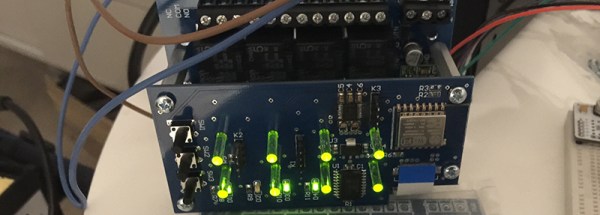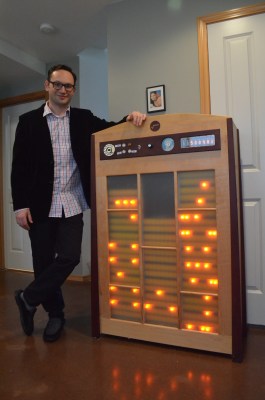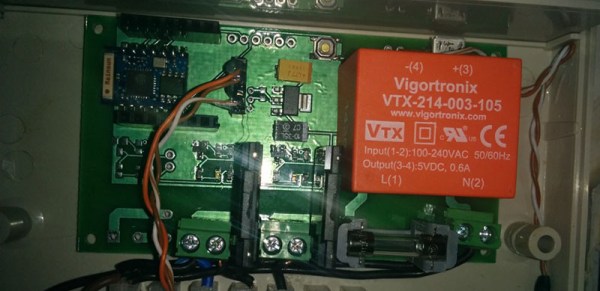[g3gg0] has some nice radio equipment including an AOR AR-5000 receiver and a HiQ SDR. They are so nice that it appears they lack an on/off switch. [g3gg0] grew tired of unplugging the things, and decided to nerdify his desk with a switch that would turn his setup on and off for him. He decided to accomplish this task by emulating the Scroll, Number and Caps Lock LEDs on his keyboard via a Digispark board. He uses the LEDs to issue commands to the Digispark allowing him to control a 5V relay, which sits between it and the AC.
Starting off with some USB keyboard emulation code on the Digispark, he tweaked it so he could use the Scroll Lock LED as sort of a Chip Select. Once this is pressed, he can use the Caps Lock and the Number Lock LED to issue commands to the Digispark.
It’s programmed to only stay on for a total of 5 hours in case he forgets to turn it off. Let us know what you think about this interesting approach.






















